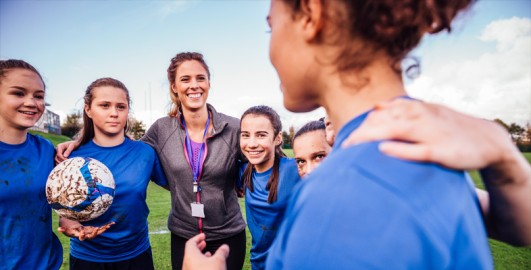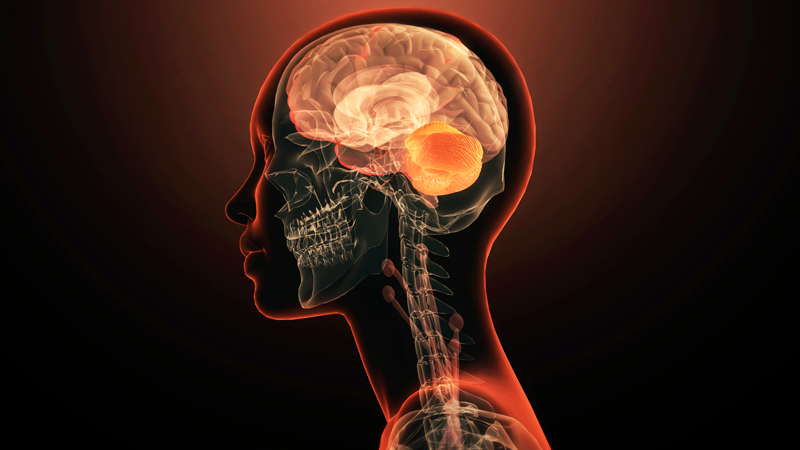2 Models of neurodiversity
As Activity 1 explained, the term neurodiversity is at its core a description of differences in how all our brains work and function. It could be suggested that as individuals, all our brains work in slightly different ways anyway due to genetics, health, and social factors which influence our development. In a more day-to-day sense, the term neurodivergence is commonly used to describe individuals who have developed one or more of the six conditions you have just learned about.
The variety of conditions described by neurodivergence has often meant viewing neurodiverse experiences through a medical lens, focusing on those diagnoses and a ‘deficit’ model and creating stigma around it (Hoare et al., 2023). This means viewing any form of neurodivergence as something different from what society describes as normal experiences (neurotypical), therefore that individual is ‘missing’ something in how their brain works or processes information. Consequently, these experiences are compared with what might be termed normal experiences which results in not only highlighting and maintaining difference, but importantly suggesting these differences are a sign of something being wrong with an individual. This keeps the medical condition at the centre of any discussion, viewing it as something which needs to be cured or treated, often preventing an individual from accessing everyday experiences.
More recently, social models of neurodiversity (and other disabilities) have emerged which position neurodiverse experiences within social interactions and influenced by the world around us. This has helped shift thinking from a deficit model to a strength-based one and has been reflected in informal approaches by coaches in sport (Hoare et al., 2023; Kimber et al., 2023). As a result, elements of neurodiversity which in the past were viewed as negative and not ‘normal’, can now be viewed as something to be championed and utilised. For example, an autistic person who may have taken a lot of time to write a report at school may have been highlighted as requiring additional support to meet deadlines, rather than viewing their thoroughness as a positive. For example, in a study by Kimber et al. (2023) exploring coaches’ experience of working with neurodivergent athletes, one participant captures how this applies within a sporting context:
I think some of their focus and determination is rooted in the(ir) autism … their determination and single-mindedness with the task at hand, that can be quite helpful.
Through a strengths-based approach like this, an athlete’s neurodivergence can be viewed as a trait which means they are very thorough and likely to stay focused on the task at hand.
With these key definitions and models in mind, the next section looks at how neurodivergence influences communication with others.

